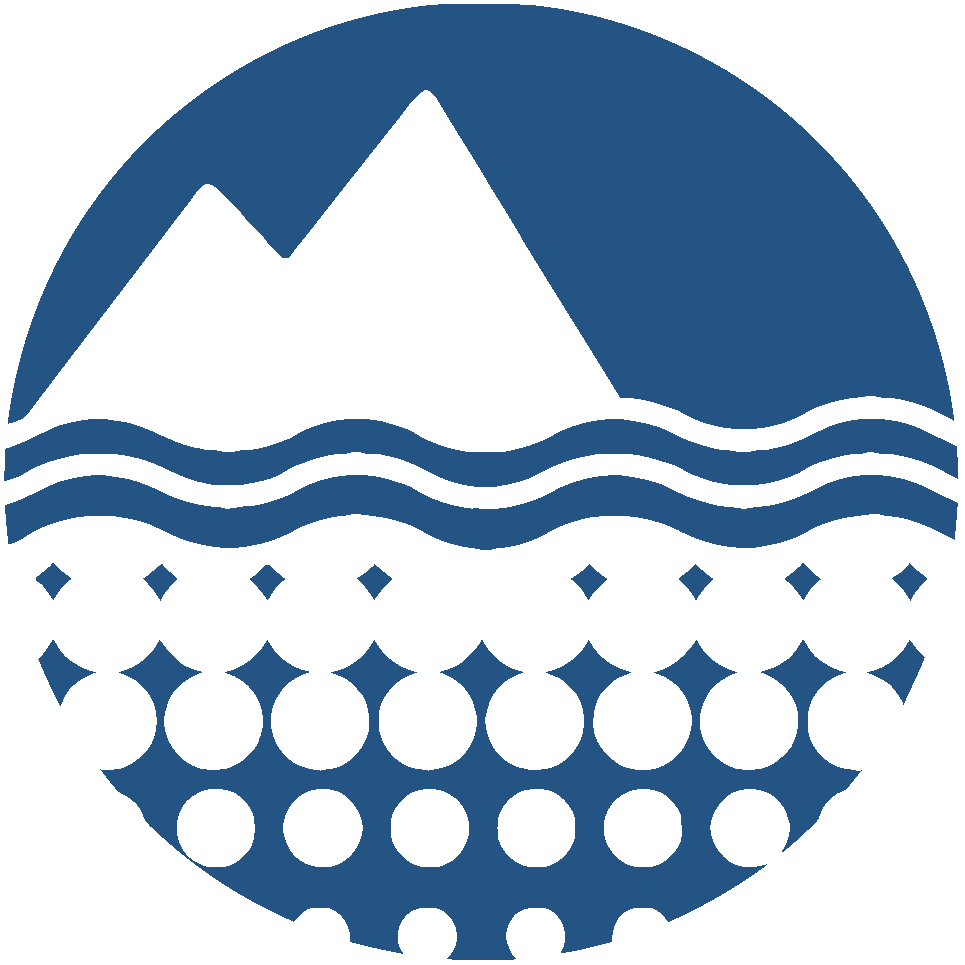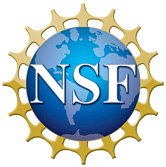{"dp_type": "Project", "free_text": "WORLDVIEW-3"}
[{"awards": "1745053 Salvatore, Mark; 1744849 Sokol, Eric; 1744785 Barrett, John", "bounds_geometry": "POLYGON((162.92 -77.56,162.971 -77.56,163.022 -77.56,163.073 -77.56,163.124 -77.56,163.175 -77.56,163.226 -77.56,163.277 -77.56,163.328 -77.56,163.379 -77.56,163.43 -77.56,163.43 -77.571,163.43 -77.582,163.43 -77.593,163.43 -77.604,163.43 -77.615,163.43 -77.626,163.43 -77.637,163.43 -77.648,163.43 -77.659,163.43 -77.67,163.379 -77.67,163.328 -77.67,163.277 -77.67,163.226 -77.67,163.175 -77.67,163.124 -77.67,163.073 -77.67,163.022 -77.67,162.971 -77.67,162.92 -77.67,162.92 -77.659,162.92 -77.648,162.92 -77.637,162.92 -77.626,162.92 -77.615,162.92 -77.604,162.92 -77.593,162.92 -77.582,162.92 -77.571,162.92 -77.56))", "dataset_titles": "McMurdo Dry Valleys LTER: Microbial mat biomass and Normalized Difference Vegetation Index (NDVI) values from Lake Fryxell Basin, Antarctica, January 2018", "datasets": [{"dataset_uid": "200344", "doi": "10.6073/pasta/9acbbde9abc1e013f8c9fd9c383327f4", "keywords": null, "people": null, "repository": "EDI", "science_program": null, "title": "McMurdo Dry Valleys LTER: Microbial mat biomass and Normalized Difference Vegetation Index (NDVI) values from Lake Fryxell Basin, Antarctica, January 2018", "url": "https://portal.edirepository.org/nis/mapbrowse?packageid=knb-lter-mcm.263.1"}], "date_created": "Wed, 03 Jul 2019 00:00:00 GMT", "description": "Microbial mats are found throughout the McMurdo Dry Valleys where summer snowmelt provides liquid water that allows these mats to flourish. Researchers have long studied the environmental conditions microbial mats need to grow. Despite these efforts, it has been difficult to develop a broad picture of these unique ecosystems. Recent advances in satellite technology now provide researchers an exciting new tool to study these special Antarctic ecosystems from space using the unique spectral signatures associated with microbial mats. This new technology not only offers the promise that microbial mats can be mapped and studied from space, this research will also help protect these delicate environments from potentially harmful human impacts that can occur when studying them from the ground. This project will use satellite imagery and spectroscopic techniques to identify and map microbial mat communities and relate their properties and distributions to both field and lab-based measurements. This research provides an exciting new tool to help document and understand the distribution of a major component of the Antarctic ecosystem in the McMurdo Dry Valleys. The goal of this project is to establish quantitative relationships between spectral signatures derived from orbit and the physiological status and biogeochemical properties of microbial mat communities in Taylor Valley, Antarctica, as measured by field and laboratory analyses on collected samples. The goal wioll be met by (1) refining atmospheric correction techniques using in situ radiometric rectification to derive accurate surface spectra; (2) collecting multispectral orbital images concurrent with in situ sampling and spectral measurements in the field to ensure temporal comparability; (3) measuring sediment, water, and microbial mat samples for organic and inorganic carbon content, essential biogeochemical nutrients, and chlorophyll-a to determine relevant mat characteristics; and (4) quantitatively associating these laboratory-derived characteristics with field-derived and orbital spectral signatures and parameters. The result of this work will be a more robust quantitative link between the distribution of microbial mat communities and their biogeochemical properties to landscape-scale spectral signatures. This award reflects NSF\u0027s statutory mission and has been deemed worthy of support through evaluation using the Foundation\u0027s intellectual merit and broader impacts review criteria.", "east": 163.43, "geometry": "POINT(163.175 -77.615)", "instruments": null, "is_usap_dc": true, "keywords": "RIVERS/STREAM; CYANOBACTERIA (BLUE-GREEN ALGAE); USAP-DC; Taylor Valley; INFRARED IMAGERY; WORLDVIEW-2; WORLDVIEW-3; Antarctica; FIELD INVESTIGATION; Amd/Us; ACTIVE LAYER", "locations": "Antarctica; Taylor Valley", "north": -77.56, "nsf_funding_programs": "Antarctic Organisms and Ecosystems; Antarctic Organisms and Ecosystems; Antarctic Organisms and Ecosystems", "paleo_time": null, "persons": "Salvatore, Mark; Barrett, John; Sokol, Eric", "platforms": "LAND-BASED PLATFORMS \u003e FIELD SITES \u003e FIELD INVESTIGATION; SPACE-BASED PLATFORMS \u003e EARTH OBSERVATION SATELLITES \u003e WORLDVIEW \u003e WORLDVIEW-2; SPACE-BASED PLATFORMS \u003e EARTH OBSERVATION SATELLITES \u003e WORLDVIEW \u003e WORLDVIEW-3", "repo": "EDI", "repositories": "EDI", "science_programs": null, "south": -77.67, "title": "COLLABORATIVE RESEARCH: Remote Characterization of Microbial Mats in Taylor Valley, Antarctica, through In Situ Sampling and Spectral Validation", "uid": "p0010036", "west": 162.92}]
X
X
Help on the Results MapX
This window can be dragged by its header, and can be resized from the bottom right corner.
Clicking the Layers button - the blue square in the top left of the Results Map - will display a list of map layers you can add or remove
from the currently displayed map view.
The Results Map and the Results Table
- The Results Map displays the centroids of the geographic bounds of all the results returned by the search.
- Results that are displayed in the current map view will be highlighted in blue and brought to the top of the Results Table.
- As the map is panned or zoomed, the highlighted rows in the table will update.
- If you click on a centroid on the map, it will turn yellow and display a popup with details for that project/dataset - including a link to the landing page. The bounds for the project(s)/dataset(s) selected will be displayed in red. The selected result(s) will be highlighted in red and brought to the top of the table.
- The default table sorting order is: Selected, Visible, Date (descending), but this can be changed by clicking on column headers in the table.
- Selecting Show on Map for an individual row will both display the geographic bounds for that result on a mini map, and also display the bounds and highlight the centroid on the Results Map.
- Clicking the 'Show boundaries' checkbox at the top of the Results Map will display all the bounds for the filtered results.
Defining a search area on the Results Map
- If you click on the Rectangle or Polygon icons in the top right of the Results Map, you can define a search area which will be added to any other search criteria already selected.
- After you have drawn a polygon, you can edit it using the Edit Geometry dropdown in the search form at the top.
- Clicking Clear in the map will clear any drawn polygon.
- Clicking Search in the map, or Search on the form will have the same effect.
- The returned results will be any projects/datasets with bounds that intersect the polygon.
- Use the Exclude project/datasets checkbox to exclude any projects/datasets that cover the whole Antarctic region.
Viewing map layers on the Results Map
Older retrieved projects from AMD. Warning: many have incomplete information.
To sort the table of search results, click the header of the column you wish to search by. To sort by multiple columns, hold down the shift key whilst selecting the sort columns in order.
| Project Title/Abstract/Map | NSF Award(s) | Date Created | PIs / Scientists | Dataset Links and Repositories | Abstract | Bounds Geometry | Geometry | Selected | Visible | |||
|---|---|---|---|---|---|---|---|---|---|---|---|---|
|
COLLABORATIVE RESEARCH: Remote Characterization of Microbial Mats in Taylor Valley, Antarctica, through In Situ Sampling and Spectral Validation
|
1745053 1744849 1744785 |
2019-07-03 | Salvatore, Mark; Barrett, John; Sokol, Eric |
|
Microbial mats are found throughout the McMurdo Dry Valleys where summer snowmelt provides liquid water that allows these mats to flourish. Researchers have long studied the environmental conditions microbial mats need to grow. Despite these efforts, it has been difficult to develop a broad picture of these unique ecosystems. Recent advances in satellite technology now provide researchers an exciting new tool to study these special Antarctic ecosystems from space using the unique spectral signatures associated with microbial mats. This new technology not only offers the promise that microbial mats can be mapped and studied from space, this research will also help protect these delicate environments from potentially harmful human impacts that can occur when studying them from the ground. This project will use satellite imagery and spectroscopic techniques to identify and map microbial mat communities and relate their properties and distributions to both field and lab-based measurements. This research provides an exciting new tool to help document and understand the distribution of a major component of the Antarctic ecosystem in the McMurdo Dry Valleys. The goal of this project is to establish quantitative relationships between spectral signatures derived from orbit and the physiological status and biogeochemical properties of microbial mat communities in Taylor Valley, Antarctica, as measured by field and laboratory analyses on collected samples. The goal wioll be met by (1) refining atmospheric correction techniques using in situ radiometric rectification to derive accurate surface spectra; (2) collecting multispectral orbital images concurrent with in situ sampling and spectral measurements in the field to ensure temporal comparability; (3) measuring sediment, water, and microbial mat samples for organic and inorganic carbon content, essential biogeochemical nutrients, and chlorophyll-a to determine relevant mat characteristics; and (4) quantitatively associating these laboratory-derived characteristics with field-derived and orbital spectral signatures and parameters. The result of this work will be a more robust quantitative link between the distribution of microbial mat communities and their biogeochemical properties to landscape-scale spectral signatures. This award reflects NSF's statutory mission and has been deemed worthy of support through evaluation using the Foundation's intellectual merit and broader impacts review criteria. | POLYGON((162.92 -77.56,162.971 -77.56,163.022 -77.56,163.073 -77.56,163.124 -77.56,163.175 -77.56,163.226 -77.56,163.277 -77.56,163.328 -77.56,163.379 -77.56,163.43 -77.56,163.43 -77.571,163.43 -77.582,163.43 -77.593,163.43 -77.604,163.43 -77.615,163.43 -77.626,163.43 -77.637,163.43 -77.648,163.43 -77.659,163.43 -77.67,163.379 -77.67,163.328 -77.67,163.277 -77.67,163.226 -77.67,163.175 -77.67,163.124 -77.67,163.073 -77.67,163.022 -77.67,162.971 -77.67,162.92 -77.67,162.92 -77.659,162.92 -77.648,162.92 -77.637,162.92 -77.626,162.92 -77.615,162.92 -77.604,162.92 -77.593,162.92 -77.582,162.92 -77.571,162.92 -77.56)) | POINT(163.175 -77.615) | false | false |

